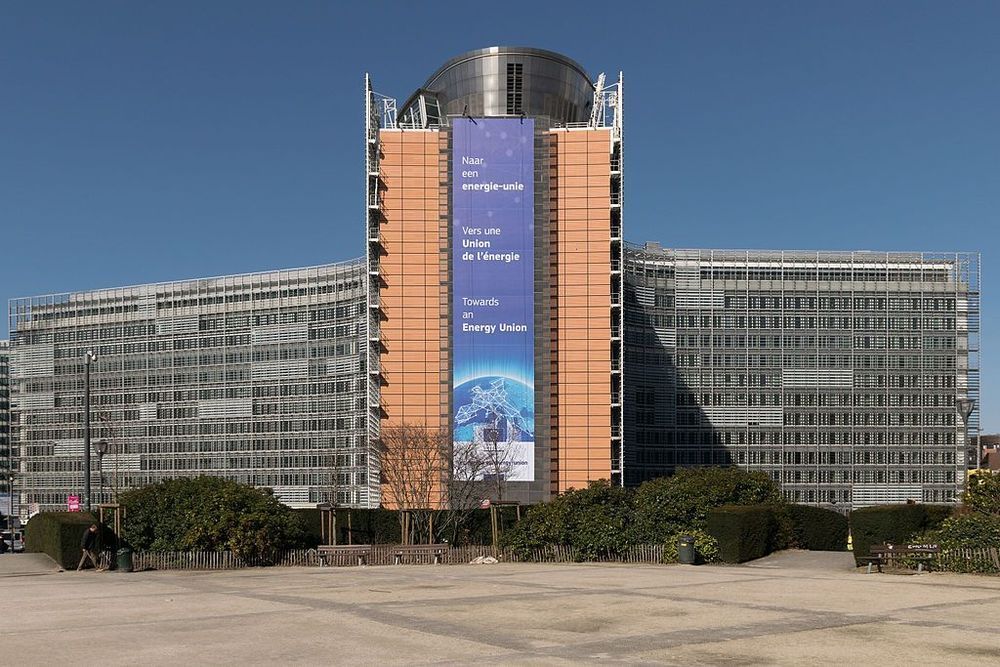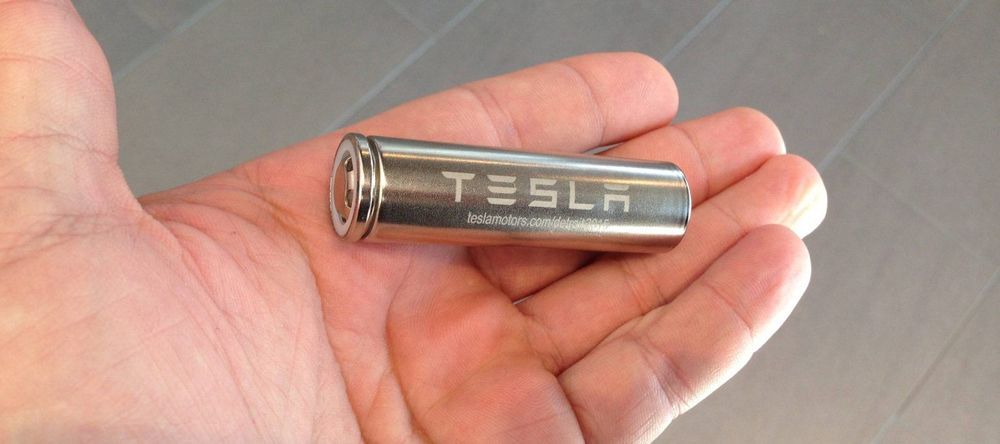The World Economic Forum has partnered with the Inter-American Development Bank and the Colombian Inspector General’s Office to explore how distributed ledger technology can improve public transparency and integrity in school meal procurement.
The project, which is taking place this year, is multi-faceted and includes a software implementation with blockchain technology for the selection of school food vendors. It is co-designed with several partners from academia, the IT industry, and the non-profit world, including economists and computer scientists from the blockchain economics and governance consulting firm Prysm Group, the National University of Colombia, U.C. Berkeley, and the blockchain security firm Quantstamp.




